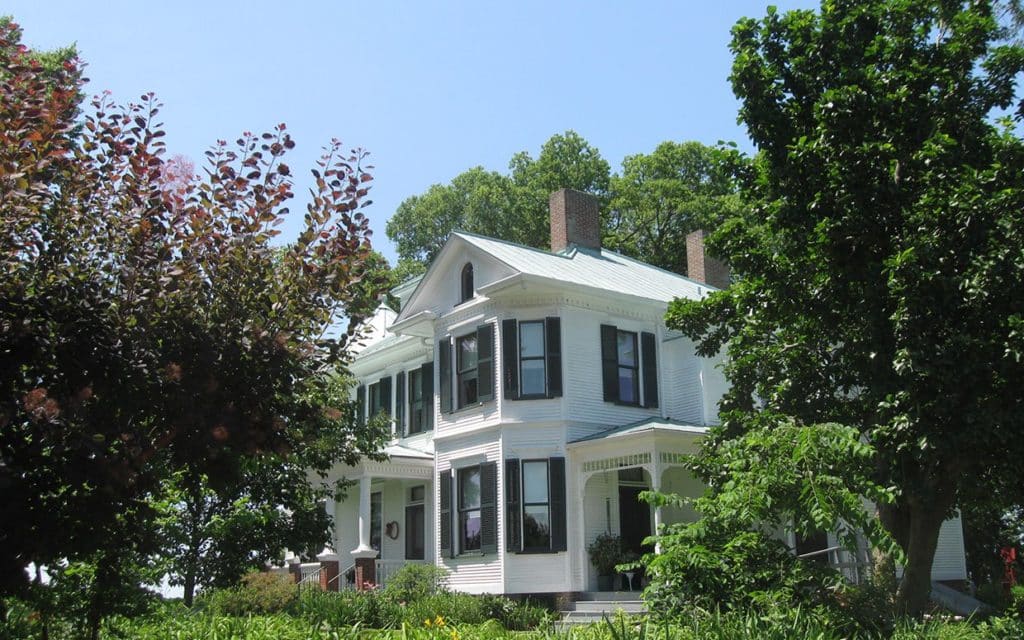With fall tree planting season soon arriving, it’s time to choose some new additions for your landscape. The next few weeks are the ideal time to plant trees in your yard.
“September and October are the best planting months for trees,” says Tammy Sons of the Tree Nursery Company. “Autumn has mild planting days with fewer pests, which allows trees to more easily establish themselves,” says Sons. “Get your trees in the ground now, and they’ll put down a strong root system prior to the winter months, resulting in healthy, vibrant growth come spring.”
The options are many when it comes to deciding what trees to plant in your yard. Here are three general categories to get you started on planning an attractive landscape full of robust trees.
Shade trees. With their fluid, sweeping forms and ability to provide coverage to humans and wildlife, shade trees are a must have in every yard. Well-placed shade trees are an environmentally responsible choice, as they can substantially reduce the need for air-conditioning in nearby buildings. The best location for planting shade trees is the west side of the home or yard, as this receives the harshest and hottest of the sun’s rays.
Some popular shade trees to consider include maple, willow, black gum, green ash, sycamore, beech, box elder, oak, cottonwood, sourwood, sweetgum, hackberry, poplar, locust, paw paw, birch, aspen and planetree.
Flowering trees. Blooms in the yard are always a welcome sight, and they’re especially striking when they cover the expanse of a tree’s canopy. Many flowering trees provide a stunning display of blooms for a month or longer each year. For maximum impact, locate blooming trees where you can see them from either inside your house or from the street.
Eye-catching flowering trees to include in your yard include dogwood, crepe myrtle, tulip poplar, Cleveland pear, redbud, red buckeye, serviceberry, mimosa, cherry, cassia and crabapple.
Conifers. Easy to maintain and generally evergreen, conifers give a woodsy feel to any yard. They also offer a chance to create a fast-growing privacy hedge or screen, and they’re great at buffering noise. Some are also excellent candidates for topiary. Locate these trees anywhere you wish to create a forest feel.
Various conifers that make good additions to the yard include pine, hemlock, cedar, fir, spruce, cypress, yew and juniper.
Before choosing a tree for your yard, keep a few things in mind. First, make certain you have the space for whatever tree you choose. Trees are like puppies. They look cute and small when they are young, but they do grow and will take up more and more room. Consider the eventual size of the tree in relation to your property. Also make certain that the tree is the right one for your climate.
Evergreen or deciduous? As their name suggests, evergreen trees stay green throughout the year. This is a bonus if the area in which you want the tree requires year-round coverage and shade. (Note that evergreen isn’t synonymous with no leaf litter. Evergreen trees drop leaves all year).
Deciduous trees, on the other hand, shed most of their leaves once a year—generally in the fall. They remain bare throughout the late fall and winter months. A deciduous tree is an ideal choice for an area that you want shaded in summer and warmed by the sun’s rays in winter, such as near your home. Many deciduous trees are also show-stoppers with their eye-catching displays of colorful fall foliage


